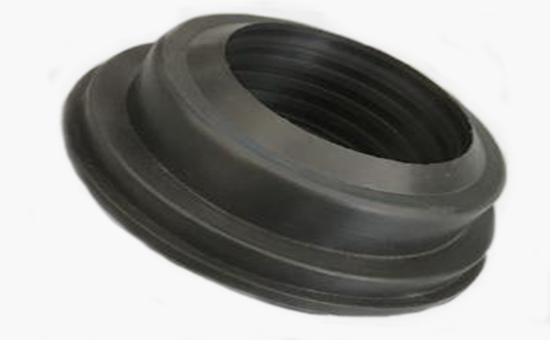
The blending of butyl rubber and chlorosulfonated polyethylene can improve the weather resistance of colored butyl rubber products. The combination with chlorobutyl rubber can improve the flexural flexibility of butyl vulcanizates. Blending with polyisobutylene can improve the resistance of vulcanized rubber to ozone. Sex and acid resistance; then which butyl rubber can be blended with which polymers, and what role? Can butyl rubber products be blended with low-cost polymers to improve performance while reducing raw material costs?
4. Blending of butyl rubber with low molecular weight polyisobutylene
Polyisobutylene having a number average molecular weight of 200-10000 is a low molecular weight polyisobutylene, which is a high viscosity product and has good chemical stability, heat resistance, oxidation resistance, ozone resistance, acid and alkali resistance and weather resistance; Blending of butyl rubber with an appropriate amount of low molecular weight polyisobutylene can not only improve the mechanical strength, odor resistance and acid and alkali resistance of the rubber compound, but also obtain better bonding properties.
In actual production, the main purpose of blending butyl rubber with low molecular weight polyisobutylene is to improve the bonding properties of butyl rubber.
5. Blending of butyl rubber with butyl reclaimed rubber
Butyl reclaimed rubber is a product processed from waste butyl inner tube. It has excellent air tightness, water tightness, heat resistance, corrosion resistance and chemical resistance. It is a substitute for butyl rubber to produce cost-effective butyl rubber products. The ideal material. In actual production, butyl rubber manufacturers often use butyl rubber together with reclaimed rubber, which not only can reduce the cost of raw materials, but also reduce the power consumption during the rubber mixing process, improve the butyl rubber rolling and extrusion process, and improve The butyl rubber product has dimensional stability, accelerates the butyl vulcanization rate, and improves the vulcanization effect.
6. Blending of butyl rubber and EPDM rubber
EPDM rubber is excellent in high and low temperature resistance and aging resistance; butyl rubber can be blended with a small amount of EPDM rubber to further improve the heat resistance and aging resistance of butyl rubber products, and prolong the service life; In the production process of butyl shock-absorbing rubber products, an appropriate amount of EPDM rubber or EPDM reclaimed rubber can be added to balance the physical and mechanical strength of the shock absorbing products; blending EPDM rubber in the butyl inner tube can delay the aging of the inner tube. Soft, time to lose effect.
In the production process, butyl rubber manufacturers can also further improve the heat resistance of butyl rubber by magnesium oxide, and reduce the occurrence of stickiness or cracking on the surface of butyl vulcanizate. If necessary, it can be used together with titanium dioxide. When using butyl rubber to produce rubber products, rubber manufacturers can choose the right variety of polymers to improve the overall performance of butyl rubber products or reduce raw material costs.
Exclusive original article [commercial authorization] reprint, excerpt and excerpt in any form are prohibited without written authorization. Focus on Hongyun rubber: learn the process formula and raw material technology of producing rubber products from recycled rubber to help you reduce costs and increase profits